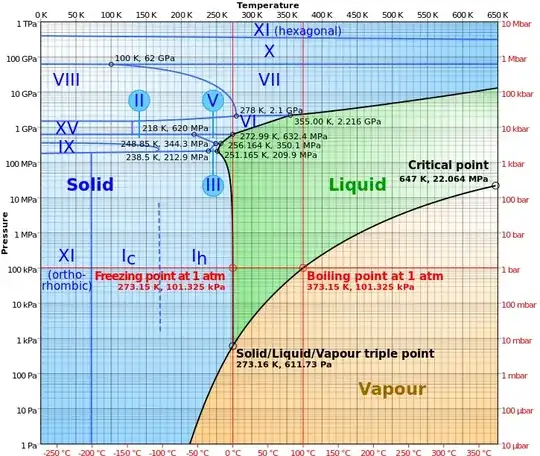Approach #1: The atmosphere is stripped instantly.
If the rest of the planet remains unaltered by your galactic maid, i think after your reasonable length of time this planet would look a lot* like it did some 10'000 or 20'000 thousand years ago:
Since the magnetic field remains intact, and there are processes like for example volcanic activity that emit gases, there will be a new atmosphere that is being generated over time.
Some of the extremphile microorganisms will not even have noticed the absence of the atmosphere, so there will still be some form of life on the planet right after the atmosphere was removed. From those, new life forms will evolve.
While at first the missing atmosphere will leave the earth defenseless against asteroid bombardment, thus greatly altering the surface, the re-forming atmosphere will soon lead to erosion. So, the general appearance of the geology will look similar in features, although obviously not in detail, to what it is like today. It might look smoother, since the atmosphere will reform quite quickly, thus adding your reasonable amount of time of extra erosion.
Serban Tanasa suggested the missing atmosphere will be replaced within hours by water vapor, so, provided this is correct, the lack of protection against celestial rocks would even be negligible. The same was true if it was not hours but months for an atmosphere to re-form: a few more craters, but nothing that millions of years of erosion would not be able to turn into pelasant valleys, if plate tectonics didn't remove them anyway.
Serban also pointed out that plate tectonics will be unaffected, so no change to be expected from that side. Although i have a vague feeling that the sudden missing of the atmosphere, and thus of the pressure on the plates, might result in a few more earthquakes and maybe even the odd volcano being triggered, but i am pretty sure that has no consequences that would be noticeable after the very long timespan you suggested before the alien visitors dropped by.
*) "a lot like before" needs to be stretched quite a bit, i guess.
This was supposed to mean: A lot of flora and fauna, although not the exact flora and fauna we know, maybe not even remotely similar, since it will have evolved from a different base and species will have been favored or hindered by different events than before.
Approach #2: The space maid is very thorough
If on the other hand, your space maid does not stop after having vacuumed our atmosphere away, but stays at least for a year or so, to clean up all the vapor rising from the oceans, things will turn out quite differently.
First, our determined maid removed a large portion of the liquid water from the planet. The missing atmosphere will expose the frozen parts, especially the glaciers, but also the ice caps at the poles, to sunlight that is suddelny a lot more intense. While the missing of the insulating effect and the greenhouse effect from the late atmosphere result in a lot of cooling on the dark side of the planet, the half that lies in sunlight receives more energy than it did before. The absence of liquid water removes a buffering effect, which in turn again increases the temperature variations of the day-night-cycle.
At first, the radiation from the sun will kill off almost all surface life that had the indecency to survive the absence of atmosphere (which should pelase our maid a lot).
Also, the greater day-night-temperature swings will lead to stronger erosion, since tension through heating will crack a lot of rock, while on the other hand the redesign of the planetary surface due to rocks from the sky will be a lot stronger than in the first scenario.
Assuming the space maid will eventually call it a day and move on, the bombardment from space should trigger a lot of volcanic activity. this should re-build the atmosphere fairly quickly. After that, much the same as in scenario one should apply, since it can be assumed that at least some extremphiles survived even that, just to re-start the forming of life as if nothing had happened.
But in this scenario, the greatest difference to the first, and to now, would be a much lower ocean level, resulting in much larger dry areas.
Also, the beautiful fjords Slartibartfast had so lovingly designed will be gone. Which is a crying shame.
